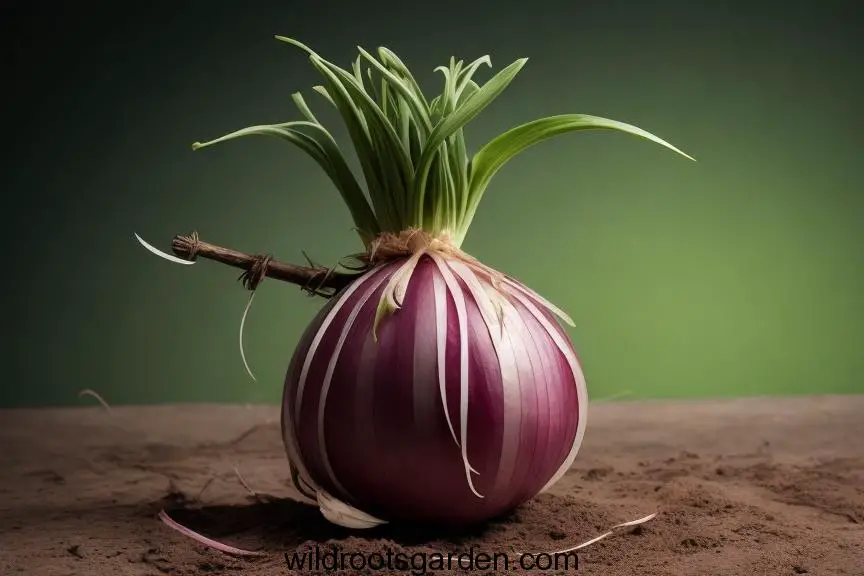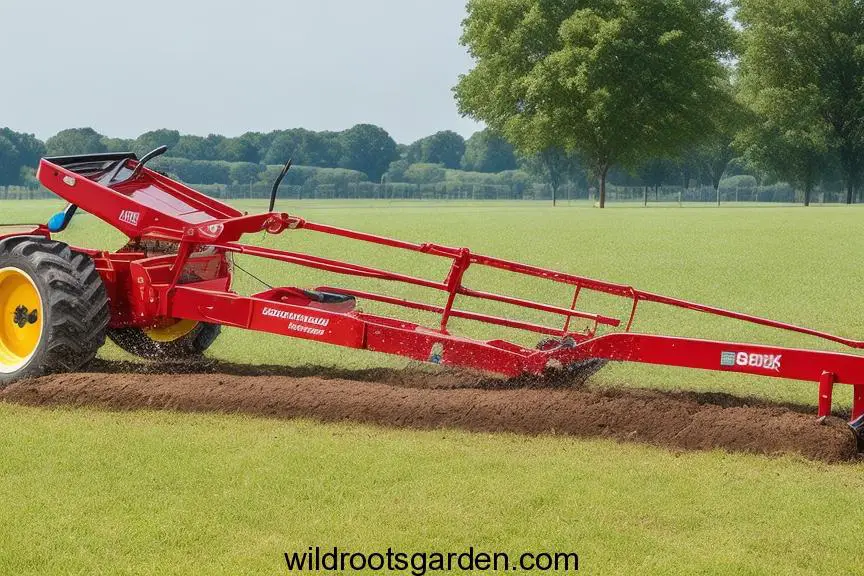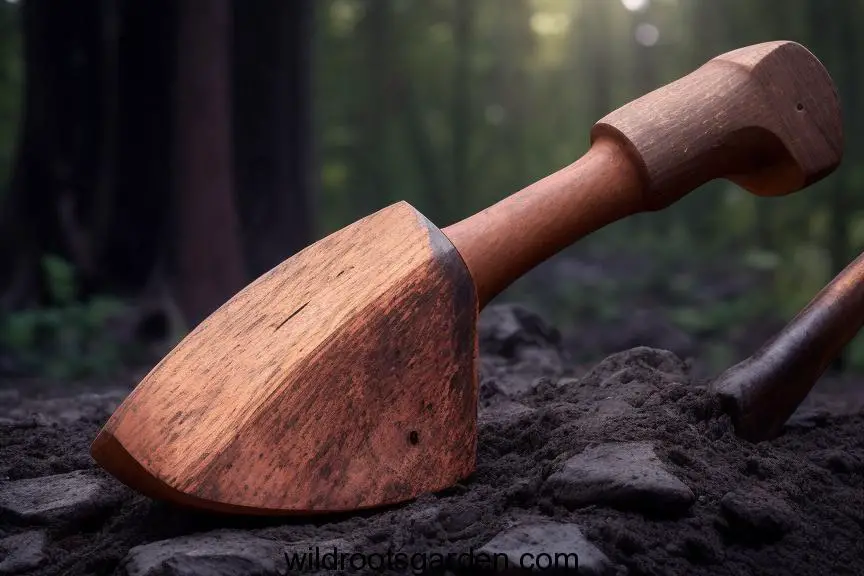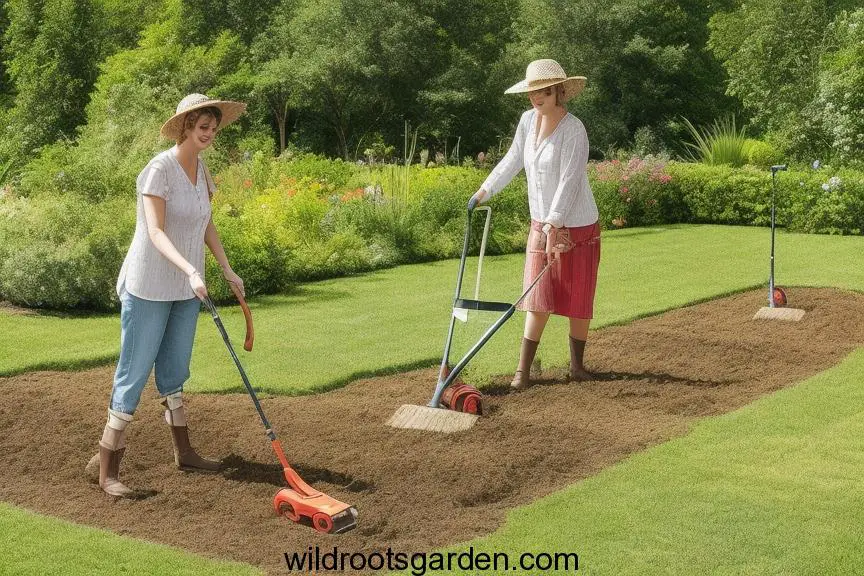Types of Garden Hoes. We examine numerous garden hoe types in this extensive guide, offering knowledgeable analysis and helpful advice. Discover the various varieties, their applications, and how to pick the best one for your gardening requirements.
Through gardening, you can cultivate your outdoor environment and interact with nature in a pleasant and therapeutic way. A garden hoe is one piece of equipment that every gardener should have in their toolbox. These adaptable tools come in a variety of forms, each created for a particular job in the garden. In this guide, we’ll take you on a voyage through the vast world of garden hoes, explaining their functions, advantages, and how to pick the best one for your gardening needs.
Diving into Different Types of Garden Hoes: A Comprehensive Guide
For generations, people have worked the soil, weeded it, and cultivated it using garden hoes. They are available in a variety of sizes and forms, each suited for a particular gardening task. Knowing the many garden hoe kinds will greatly improve your gardening experience, whether you’re a seasoned pro or a novice.
1. Standard Hoe
The common hoe, often known as the “all-purpose” hoe, has a long handle and a flat, rectangular blade. Due to its adaptability, it can be used for a variety of jobs, including weeding, breaking up soil, and making furrows for seeding.
2. Warren Hoe
The heart-shaped blade of the Warren hoe makes it the best tool for cultivating and hilling soil around plants. Its distinctive form enables accurate, damage-free navigation around delicate plants.

3. Scuffle or Dutch Hoe
The Dutch or scuffle hoe, which has a flat, paddle-like blade, is used to cut through weeds that are just below the surface. This hoe works well for cultivating and removing weeds from broad areas without affecting the soil’s structure.
4. Draw Hoe
The draw hoe, characterized by its sharp, triangular blade, is perfect for making furrows, hilling soil, and digging trenches for irrigation. Its efficient design makes it a must-have for tasks that require precision.
5. Collinear Hoe
The blade of the collinear hoe is long and narrow, with three sharp edges. With the ability to go both forward and backward, this design makes for a great tool for pulling out tenacious weeds and digging furrows.
6. Onion Hoe
The onion hoe, which may be identified by its short, paddle-like blade, is skilled in cultivating and pulling weeds around plants that are close together. It is a favorite among gardeners because of its small size and adaptable shape.

7. Warwick or Canterbury Hoe
The V-shaped blade of the Warwick or Canterbury hoe makes it easy to maneuver between plant rows. This hoe is excellent for cultivating and aerating soil in confined areas.
8. Half-Moon Hoe
The half-moon hoe features a semi-circular blade, making it perfect for digging and edging tasks. Its unique shape allows for precise cuts, making it a popular choice for creating defined borders around flower beds.
9. Collinear Hoe
The narrow blade and razor-sharp edges of the collinear hoe make it useful for a variety of jobs, including cultivating, weeding, and making furrows. It is a useful addition to any gardener’s toolset due to its adaptability and effectiveness.
10. Stirrup Hoe
The stirrup hoe, or hula hoe, has a blade with a loop form that swivels back and forth beneath the soil’s surface to cut through weeds. This layout effectively controls invasive plants while causing the least amount of soil disturbance.

11. Scuffle Hoe
The push-and-pull motion of the scuffle hoe makes it an excellent tool for rapid cultivating and weeding. Its razor-sharp blade effortlessly slices through weeds, and its oscillating motion doesn’t disturb the soil.
12. Adze Hoe
The adze hoe’s unique adze-shaped blade is excellent for breaking up compacted soil, digging trenches, and creating furrows. Its ergonomic design reduces strain on the user’s back and shoulders.
13. Japanese Hand Hoe
The Japanese hand hoe, also known as the Hori Hori knife, is a versatile tool with a sharp, serrated blade. It’s perfect for weeding, digging, and even dividing plants.
14. Broadfork Hoe
The wide-tined broad fork hoe is made to aerate and loosen soil without turning it over. While enhancing drainage and root penetration, this approach preserves soil structure.

15. Collinear Hoe
The narrow blade and razor-sharp edges of the collinear hoe make it useful for a variety of jobs, including cultivating, weeding, and making furrows. It is a useful addition to any gardener’s toolset due to its adaptability and effectiveness.
16. Scuffle Hoe
The push-and-pull motion of the scuffle hoe makes it an excellent tool for rapid cultivation and weeding. Its razor-sharp blade effortlessly slices through weeds, and its oscillating motion doesn’t disturb the soil.
17. Adze Hoe
The adze hoe’s unique adze-shaped blade is excellent for breaking up compacted soil, digging trenches, and creating furrows. Its ergonomic design reduces strain on the user’s back and shoulders.
18. Japanese Hand Hoe
The Japanese hand hoe, also known as the Hori Hori knife, is a versatile tool with a sharp, serrated blade. It’s perfect for weeding, digging, and even dividing plants.
19. Broadfork Hoe
The broad fork hoe, featuring wide tines, is designed to loosen and aerate the soil without turning it over. This method maintains soil structure while improving drainage and root penetration.
20. Scuffle Hoe
The scuffle hoe’s push-and-pull motion makes it a great choice for quick weeding and cultivating. Its sharp blade cuts through weeds effortlessly, while the oscillating action prevents soil disruption.
21. Adze Hoe
The distinctive adze-shaped blade of the adze hoe makes it ideal for tearing up compacted soil, excavating ditches, and making furrows. Its ergonomic design lessens stress on the user’s shoulders and back.

22. Japanese Hand Hoe
The Japanese hand hoe, also known as the Hori Hori knife, is a versatile tool with a sharp, serrated blade. It’s perfect for weeding, digging, and even dividing plants.
23. Broadfork Hoe
The wide-tined broad fork hoe is made to aerate and loosen soil without turning it over. While enhancing drainage and root penetration, this approach preserves soil structure.
FAQs
Q: How do I choose the right garden hoe for my needs?
A: Consider the specific tasks you’ll be performing in your garden. For example, if you need to weed large areas, a scuffle hoe might be best. If you’re working in tight spaces, an onion hoe could be more suitable.
Q: Can I use a garden hoe to dig planting holes?
A: While some hoes can be used for digging, they are primarily designed for cultivating and weeding. For digging, it’s better to use a dedicated digging tool like a shovel or a spade.
Q: How do I maintain my garden hoe?
A: Regularly clean the blade after use to prevent rust. Sharpen the blade when it becomes dull, and store the hoe in a dry place to prolong its lifespan.
Q: Are stainless steel blades better than carbon steel blades?
A: Stainless steel blades are rust-resistant and durable, but carbon steel blades can be sharper and easier to sharpen. The choice depends on your preference and maintenance routine.
Q: Can I use a garden hoe in rocky soil?
A: It’s best to avoid using a garden hoe in rocky soil, as the rocks can damage the blade. Instead, use a pickaxe or another appropriate tool to break up the rocks.
Q: Can I use a garden hoe for edging around my flower beds?
A: Yes, a half-moon hoe or an edging hoe can be used to create clean and defined edges around your flower beds.
The appropriate equipment may make all the difference in the world of gardening. With their numerous varieties and unique designs, garden hoes are crucial for preserving healthy soil, eliminating weeds, and assuring the success of your plants. You may improve your gardening skills and produce great outcomes in your outdoor space by being aware of the various types of garden hoes that are available and their distinct functions.

